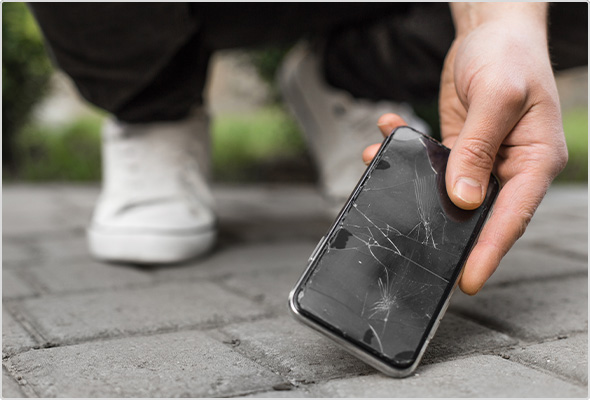Advanced email security with mail.com
The best email security services to protect your privacy & your data
Email security best practices
At mail.com, we care deeply about your online security. So we recommend you also take the following steps to keep your email account and devices safe:
More from your secure email provider
Read our blog for email security tips, from avoiding phishing to strong passwords:
FAQs: Email security
How does email security work?
When you send and receive emails, data is transferred through the internet. To safeguard this data during transmission, it’s transferred using the SSL (Secure Sockets Layer) transfer protocol or its successor TLS (Transport Layer Security). Your internet browser (e.g. Edge, Chrome, Firefox) automatically establishes a shared session key with mail.com, which is used to secure the data in both directions.
The messages in your inbox, the documents you store in the mail.com cloud, and your Open Office files are all stored on the extremely secure and private mail.com servers, which are located in the United States.
How secure is my password?
The primary factors in the strength of a password are the mix of characters it contains as well as its length – it should contain at least eight characters, and 12 is even better. A password should also never contain obvious words and phrases. If your password has a mixture of upper- and lowercase letters, numerals and symbols and is at least eight characters long, you have created a strong password. If you have problems coming up with or remembering such passwords, try using a password generator or password manager.
Where are my email security settings?
Log in to your mail.com account. From the Home page, go to the left navigation bar and click > E-mail Settings > Mail Security. The mail.com virus protection and spam protection are activated by default.
How do I update my security options?
Once you have logged in to your mail.com account, from the Home page click > Security Options. This opens the page where you can change your password or other information such as your contact email address, cell phone number and security question. These items are an essential part of our password recovery process, so we urge you to keep them up to date. You can also reset your auto-login on this page.
Are there additional email security options for my phone?
If you use the mail.com Mail app, you can lock you email account on your phone with a 4-digit PIN. Once you have installed the app, log in and go to > Settings to activate the PIN-protected mode. As an alternative to a PIN, you can protect your inbox by activating your phone’s fingerprint or facial recognition for our app.
Is mail.com safe?
Yes! mail.com is a free, secure email provider that uses the SSL/TLS protocol to transmit your emails. This encryption standard safeguards the privacy of your emails – they are automatically encrypted so they cannot be read or compromised by a third party during transmission. We also apply state-of-the-art virus and spam filters to keep dangerous messages out of your inbox. Furthermore, your emails and cloud files are stored on our highly secure server located in the United States.

